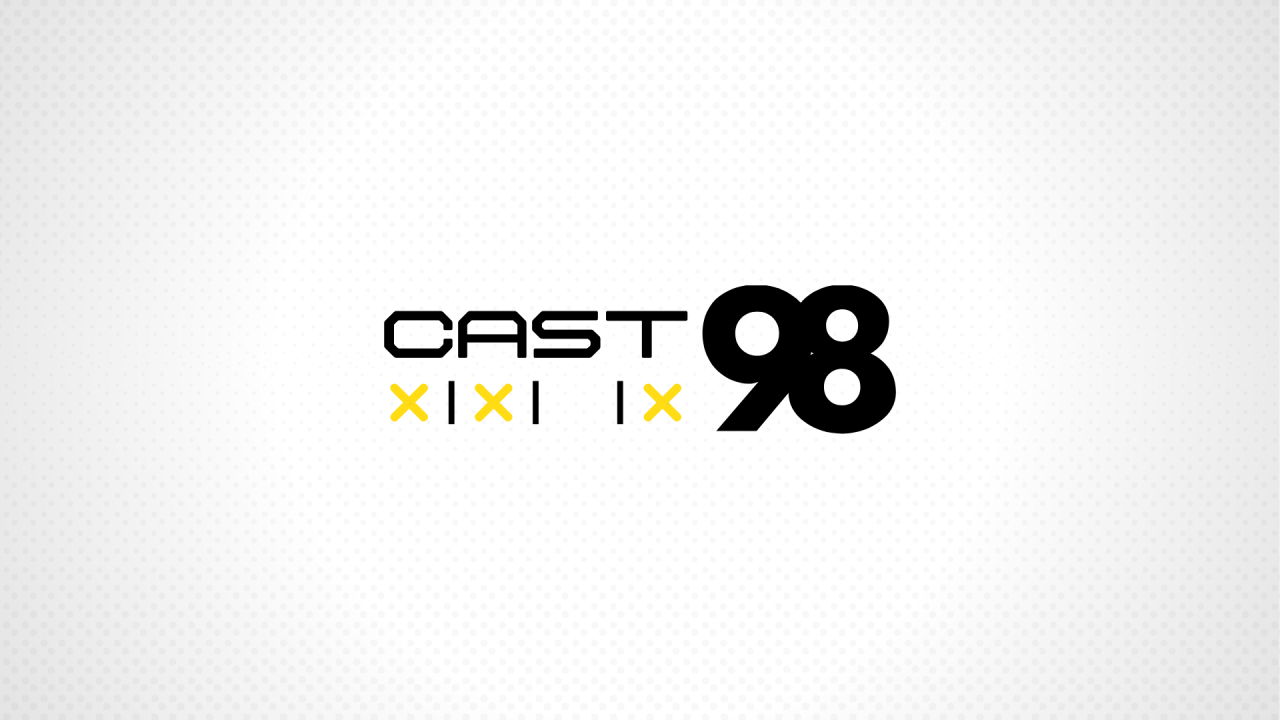Cast98 is a robust, all-in-one platform for theatre production management. So it can be intimidating when using it for the first time, especially for directors who are working alone or consider themselves "not tech savvy". Hopefully this guide can help directors who are new around here not feel overwhelmed.
Beginning with the big picture, the director tools are divided up into sections that represent a natural sequence for a production cycle. The implied sequence is:
Audition scheduling
Audition management
Casting management
Rehearsal schedule creation
If you're coming to Cast98 after you've already held auditions, that's okay! You can skip those parts. But these first two steps are universally important for everyone:
Post your show
Add performance dates
Audition Scheduling
Streamline the effort of opening up auditions in two steps:
Add audition info and time slots as needed
Publish the audition form as PUBLIC
This gets your audition form online with the bare necessities.
Now you can take a breather for the next few weeks until auditions arrive, OR, you can use this time to knock out steps 1-2 of casting AND steps 1-2 of rehearsal scheduling as outlined below. No pressure, but if you're feeling motivated it's harmless to get a head start.
Audition Management
When auditions arrive, use the auditions dashboard to review each performer’s profile and conflict calendar. The auditionee list is sortable and filterable if your pool is quite large.
The dashboard is purely informational if you want it to be, or you can take advantage of the built-in report card for each auditionee to leave helpful comments and/or scores.
Casting Management
When you've wrapped up auditions, you're ready to start casting.
Build a list of characters according to how you'd want them to appear in the playbill
Create a group for any character pairings that will rehearse together regularly
Assign auditionees to roles using the cast list creator
Publish the cast list as PUBLIC (or send role offers first, if that’s a step you usually take)
Performers will now have access to the cast & crew resources menu (which directors can also see as a preview).
Now you’re through the really tedious part and the rehearsal schedule is dead ahead.
Rehearsal Schedule Creation
This is where Cast98's magic really sparkles ✨ because the schedule maker automatically imports conflict calendars from submitted audition forms, removing hours of tedious admin work. NO MORE SPREADSHEETS! 🤯
On the schedule maker, check the Sync Conflicts tool first in case someone has already made changes to their conflict calendar since auditioning. Approve changes as you see fit.
Use the Quick Add button to start adding easy rehearsals - the mandatory ones you don’t need to review conflicts over. (e.g. tech week, show runs, etc.)
Schedule the biggest rehearsals next (full company, ensemble numbers, etc.) and work your way down to smaller groups, duets, and solo work.
Publish the rehearsal schedule as CAST & CREW.
My last recommendation would be to add your choreographer, costumer, and music director as show managers so that they can add their own rehearsals on the schedule and you don’t have to carry the full burden. The caveat here is that collaboration requires the XL upgrade on your studio.
Summary
I hope this guide helps ease any anxiety. If we can review really quick, this is my recommended sequence of tasks to help streamline your efforts as a director using Cast98 for the first time:
Post a show and add performance dates as needed
Publish the audition form as PUBLIC after adding some basic info and optional time slots
Create a list of characters and groups based on any character pairings that will commonly rehearse together
Use the auditions dashboard to review auditionees on-site
Assign performers to the cast list and publish it as PUBLIC (or send role offers first)
Schedule mandatory rehearsals first, then big groups, then smaller groups, duets, and solos last
Publish the rehearsal schedule as CAST & CREW
That's all it takes to start using Cast98 effectively for large productions. There is more to explore, but this is the core workflow and a jolly good start for anyone feeling burdened by community theatre logistics!
When you're ready to dig a little deeper, there's a Getting Started Guide for each phase of your production cycle:
Director's Guide to Playbill Creation (coming soon)
Keep calm and break a leg!
In Series:
- Getting Started For First-Time Directors
